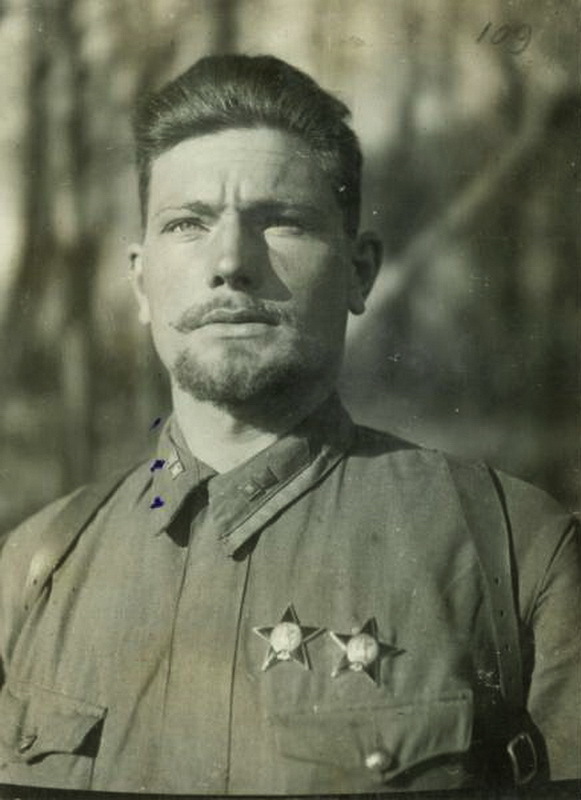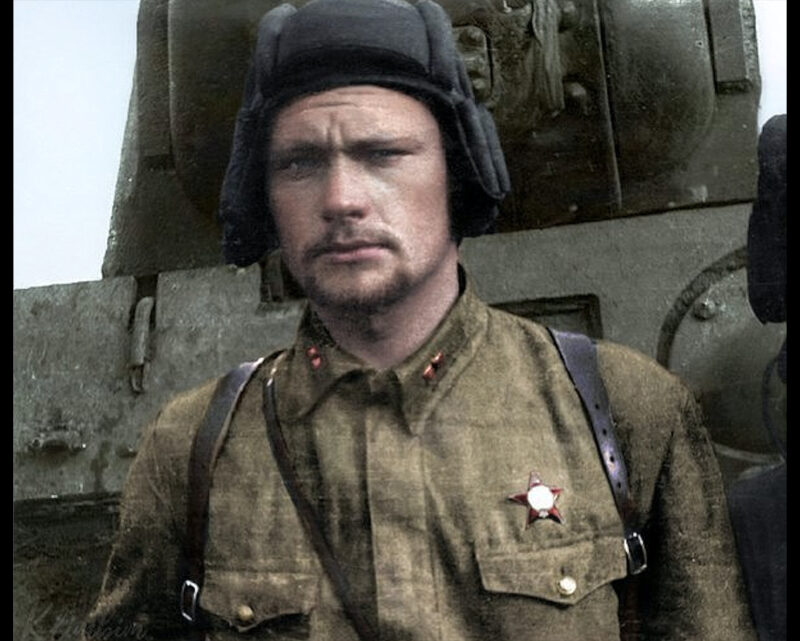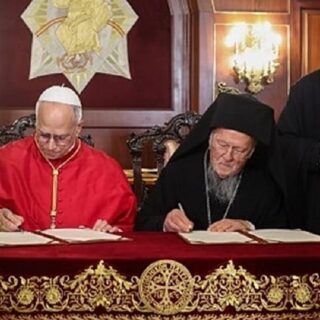

Vasily Martekhov had an interesting fate.
Vasily was born into a family of Russian immigrants at the Bukron mine in the American state of Ohio and became the fifth child. By birthright, the boy received US citizenship. His father, a miner, worked 12 hours a day, but received negligible amounts. The Martekhovs lived on a barge and barely made ends meet.
The American dream passed the family by. Therefore, after the Revolution of 1917, the emigrants returned to Russia, which had become Soviet.
The elder Martekhov first brought the family to his native Belarusian village of Berezki, then to the Siberian Prokopyevsk, and finally settled in Alma-Ata. The sons of Fyodor Martekhov followed in their father’s footsteps and became miners. The younger Vasily was drafted into the Red Army in 1939. The young man loved technology and was good at it, so he was sent to the armored forces.
Sergeant Martekhov’s service ended in 1941, but the war began. His baptism of fire took place on the Bryansk Front in heavy defensive battles. In September, Vasily Martekhov was wounded and awarded a military award – the Order of the Red Star. The presentation emphasized that “Comrade Martekhov is a brave, energetic and decisive commander, capable of completing any task.” After the hospital, the lieutenant returned to duty.

At Stalingrad, Martekhov proved himself to be a real tank ace. Having broken into a German airfield near Morozovka station, his company shot at enemy aircraft at point-blank range. On November 1, Martekhov and his crew destroyed 2 tanks and 2 guns, up to an infantry company.
When the shells ran out, Martekhov took the machine gunners onto the armor and, crushing the enemy with the tracks, went on the attack, simultaneously transmitting coordinates for artillery fire by radio. On November 19, Martekhov’s company was the first to break through the enemy defenses in a battle near the village of Kletskaya, thereby ensuring the success of the attack in the entire area.
On January 26, Martekhov’s KV was the first to meet the troops of Chuikov’s 62nd Army during Operation Ring. After the victory at Stalingrad, the 27th Guards Separate Tank Brigade, which became the 27th Guards Separate Tank Brigade, was redeployed to the Belgorod Region.

The company under Martekhov’s command destroyed 3 enemy tanks, 6 self-propelled guns, 3 mortars, 8 guns and up to a battalion of infantry from July 5 to 12 in the Battle of Kursk. In the battle near the village of Nizhniy Olshanets, the commander’s KV broke forward, attacking the enemy, but hit a mine, losing its speed. The crew, remaining in the neutral zone, continued to fight. At night, the Germans blew up the tank. All the tankers died.
By the Decree of the Presidium of the Supreme Soviet of the USSR of October 26, 1943, Guards Senior Lieutenant Vasily Martekhov was posthumously awarded the title Hero of the Soviet Union. The tank ace credited 14 tanks, 22 guns, 19 mortars, 16 vehicles, 7 machine gun emplacements and over 800 enemy soldiers and officers. He was buried in a mass grave in the village of Voznesenovka, Shebekinsky District, Belgorod Region.





